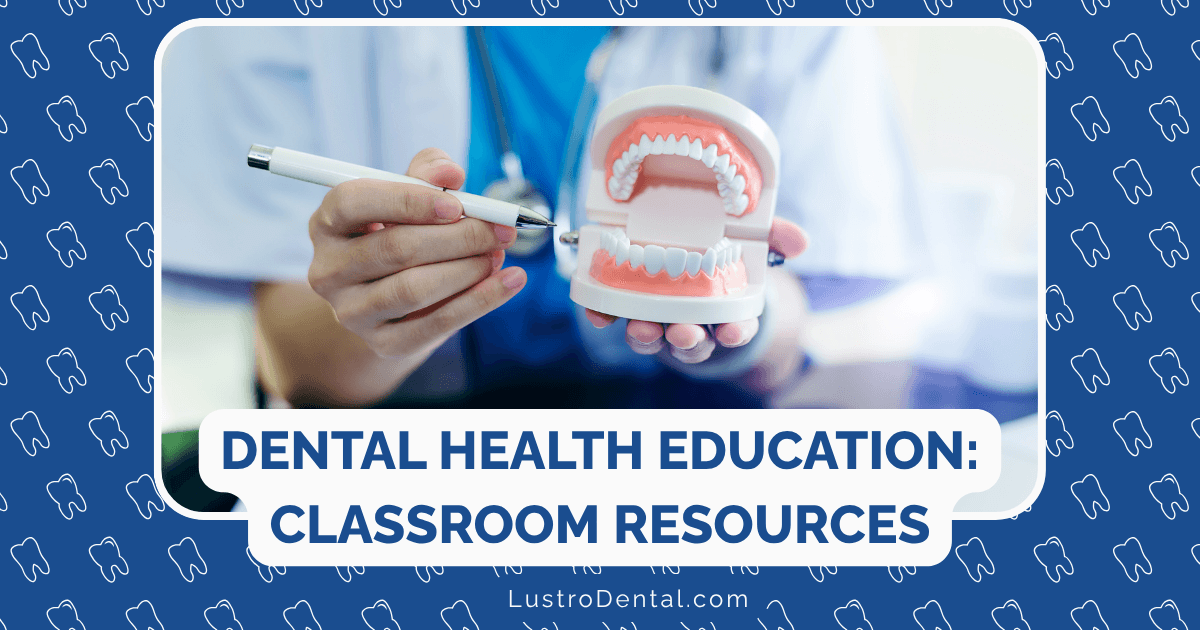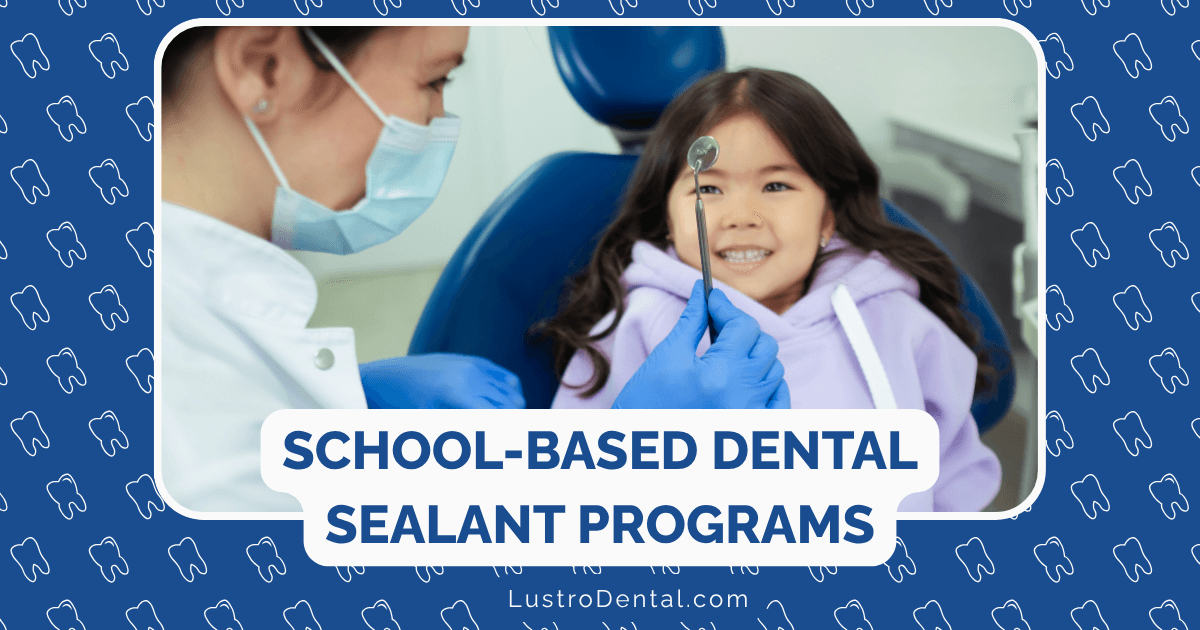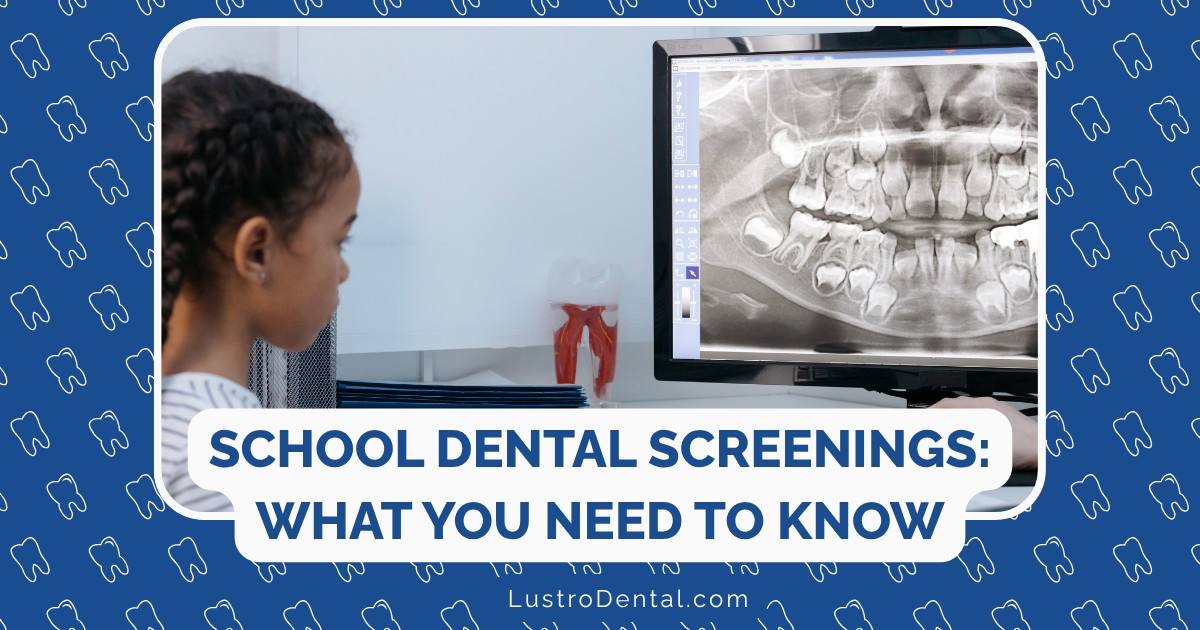Preparing Your Child for Their First Dental Appointment: A Step-by-Step Guide

That first dental visit is a milestone in your child’s life—one that can set the stage for their relationship with dental care for years to come. As parents, we want this experience to be positive, but many of us aren’t sure exactly how to prepare our little ones for something they’ve never experienced before.
Having worked with families navigating this milestone, I’ve seen how the right preparation can transform what might be an anxiety-producing experience into an adventure that builds confidence and trust. This comprehensive guide will walk you through practical steps to prepare yourself for your child’s first dental visit.
When Should That First Visit Happen?
Before diving into preparation strategies, let’s address timing. The American Academy of Pediatric Dentistry recommends scheduling your child’s first dental visit by their first birthday or within six months after their first tooth erupts—whichever comes first.
This might seem surprisingly early to many parents, but establishing a “dental home” early offers significant benefits:
- Prevents dental problems before they start
- Familiarizes your child with dental visits in a low-pressure context
- Provides you with guidance on proper oral hygiene techniques
- Establishes a relationship with a dental provider before any problems arise
With timing established, let’s focus on preparation, beginning about two weeks before the appointment.
2 Weeks Before: Laying the Groundwork
Step 1: Choose the Right Dentist
Not all dental practices are created equal when it comes to treating children. Consider:
- Pediatric specialists: Dentists with additional training in child psychology and development
- Child-friendly offices: Look for waiting rooms with toys, bright colors, and an inviting atmosphere
- Recommendations: Ask other parents or your pediatrician for suggestions
- First visit policies: Some offices offer “happy visits” specifically designed as introductory experiences
Dr. Lisa Johnson, a pediatric dentist at Children’s Dental Health, explains: “The right dental office makes all the difference. We design everything—from our language to our environment—to make children feel safe and excited about dental care.”
Step 2: Schedule Strategically
The timing of your appointment can significantly impact your child’s experience:
- Morning appointments are often best when children are well-rested and alert
- Avoid scheduling during regular nap times or when your child is typically hungry
- Allow plenty of buffer time so you’re not rushing to or from the appointment
- Consider a “watch and learn” approach if you have older children—let the younger child observe a sibling’s routine cleaning first
1 Week Before: Building Familiarity
Step 3: Introduce Dental Visits Through Books and Videos
Children’s books and videos about dental visits can normalize the experience in an engaging way. Some excellent options include:
- “The Berenstain Bears Visit the Dentist” by Stan and Jan Berenstain
- “Peppa Pig: Dentist Trip” by Scholastic
- “Just Going to the Dentist” (Little Critter) by Mercer Mayer
- “Curious George Visits the Dentist” by H.A. Rey
You can also find child-friendly videos on platforms like YouTube Kids that show what happens during a dental visit. The key is to choose materials that present dental visits as positive, routine experiences.
Step 4: Begin Role-Playing Dental Visits
Role-play is a powerful tool for reducing anxiety about new experiences. Try these approaches:
Basic Dental Chair Setup:
- Have your child lie back on a recliner or couch
- Use a washcloth to demonstrate how the dentist might wipe their teeth
- Count their teeth out loud using a small mirror
- Let them hold a small flashlight to “examine” a stuffed animal’s mouth
Taking Turns:
- Let your child be the dentist and examine your teeth or a stuffed animal’s teeth
- Then switch roles, allowing them to experience being the patient
- Keep the experience light, fun, and positive
Pediatric psychologist Dr. Michael Chen notes: “Role-playing gives children a sense of control and familiarity. When they’ve ‘practiced’ being at the dentist, the actual experience feels less foreign and frightening.”
3-5 Days Before: Positive Framing
Step 5: Use Positive, Age-Appropriate Language
The words you choose when discussing the dental visit significantly impact your child’s expectations. Consider:
Words to Avoid:
- “Hurt” or “pain”
- “Shot” or “needle”
- “Drill”
- “Scary”
Positive Alternatives:
- “The dentist will count your teeth”
- “They have special tools to keep your teeth clean and strong”
- “The chair goes up and down like a ride”
- “The dentist will check your smile”
For toddlers, keep explanations very simple: “We’re going to visit the tooth doctor who will count your teeth and make sure they’re growing strong.”
For preschoolers, you can provide more detail: “The dentist has special tools to check your teeth and a tiny brush to make them shiny. They might take pictures of your teeth to see how they’re growing.”
Step 6: Address Your Own Dental Anxiety
Children are remarkably perceptive to their parents’ emotions. If you have dental anxiety yourself:
- Be mindful of your language when discussing your own dental experiences
- Avoid sharing negative dental stories in your child’s presence
- Practice calming techniques like deep breathing that you can model during the visit
- Consider speaking with your dentist about your concerns privately
Research published in the International Journal of Paediatric Dentistry found that parental anxiety is one of the strongest predictors of a child’s dental fear. Taking steps to manage your own feelings about dental visits can significantly benefit your child.
The Day Before: Final Preparations
Step 7: Pack a Comfort Kit
Prepare a small bag with items that will make the visit more comfortable:
- A favorite small toy or stuffed animal
- A comfort blanket or item if your child uses one
- A favorite book for the waiting room
- A change of clothes (accidents can happen when children are nervous)
- A small reward to give after the appointment
Step 8: Review What Will Happen
Have a casual conversation about what will happen the next day, emphasizing the positive aspects:
- “First, we’ll check in at the front desk and maybe fill out some papers”
- “Then we might play with toys in the waiting room for a little while”
- “The dentist will count your teeth and check your smile”
- “They might clean your teeth with special tools”
- “When we’re all done, you’ll get to pick a prize!”
Keep this conversation light and matter-of-fact, presenting the visit as a normal, positive experience rather than something to worry about.
The Day of the Visit: Creating a Positive Experience
Step 9: Set the Stage for Success
On appointment day:
- Ensure your child is well-rested and has eaten (but avoid sugary foods before the visit)
- Dress them in comfortable clothing that’s easy to manage
- Leave early to avoid rushing and allow time to get settled in the new environment
- Bring their comfort items and any questions you’ve prepared for the dentist
- Maintain a positive, calm demeanor even if you encounter resistance
Step 10: Support During the Visit
Your role during the appointment is crucial:
- Stay visible to your child during the examination if possible
- Use encouraging language: “You’re doing great holding your mouth open!”
- Respect the dentist’s approach to communicating with your child
- Ask questions about home care and specific concerns
- Take notes on recommendations for your child’s specific needs
Many pediatric dentists have specific protocols for first visits that are designed to build trust gradually. Some may just count teeth and apply fluoride on the first visit, saving more extensive cleaning for when the child is more comfortable.
After the Visit: Reinforcing the Positive
Step 11: Celebrate the Achievement
Immediately after the visit:
- Offer specific praise: “I was so impressed with how you held your mouth open when the dentist asked!”
- Provide the promised reward if you discussed one
- Talk about the experience positively: “Wasn’t it cool how the chair moved up and down?”
- Take a photo to commemorate the milestone (many dental offices offer “first visit” certificates)
Step 12: Establish Consistent Home Care Routines
Use the momentum from a successful visit to reinforce good oral hygiene habits:
- Implement any specific recommendations from the dentist
- Make brushing and flossing fun with songs, timers, or special toothbrushes
- Consider a sticker chart for consistent brushing
- Model good oral hygiene by letting your child see you caring for your own teeth
- Schedule the next visit before leaving the office
Special Considerations
For Children with Special Needs
If your child has sensory sensitivities, anxiety disorders, or other special needs:
- Communicate with the dental office in advance about accommodations
- Consider a “desensitization visit” where your child just sees the office without treatment
- Ask about specialized approaches like weighted blankets, noise-canceling headphones, or visual schedules
- Consult with your child’s therapist for specific strategies tailored to their needs
For Very Anxious Children
If your child shows significant anxiety despite preparation:
- Consider finding a dentist with sedation options for extreme cases
- Ask about the possibility of parent participation during procedures
- Explore play therapy or cognitive behavioral techniques with a child psychologist
- Remember that dental anxiety is common and can be overcome with patience and the right approach
The Long-Term View
Remember that this first visit is just the beginning of your child’s lifelong relationship with dental care. By investing time in preparation now, you’re helping establish positive associations that can last a lifetime.
Dr. James Wilson of Pediatric Dental Associates emphasizes: “Our goal isn’t just to check teeth—it’s to create a generation of patients who view dental care as a normal, positive part of their healthcare routine. That journey begins with that very first visit.”
By following these steps and adapting them to your child’s unique personality and needs, you can help ensure that first dental visit becomes a building block for excellent oral health habits throughout their life.
What strategies have worked for your family when preparing for dental visits? Share your experiences in the comments below!







